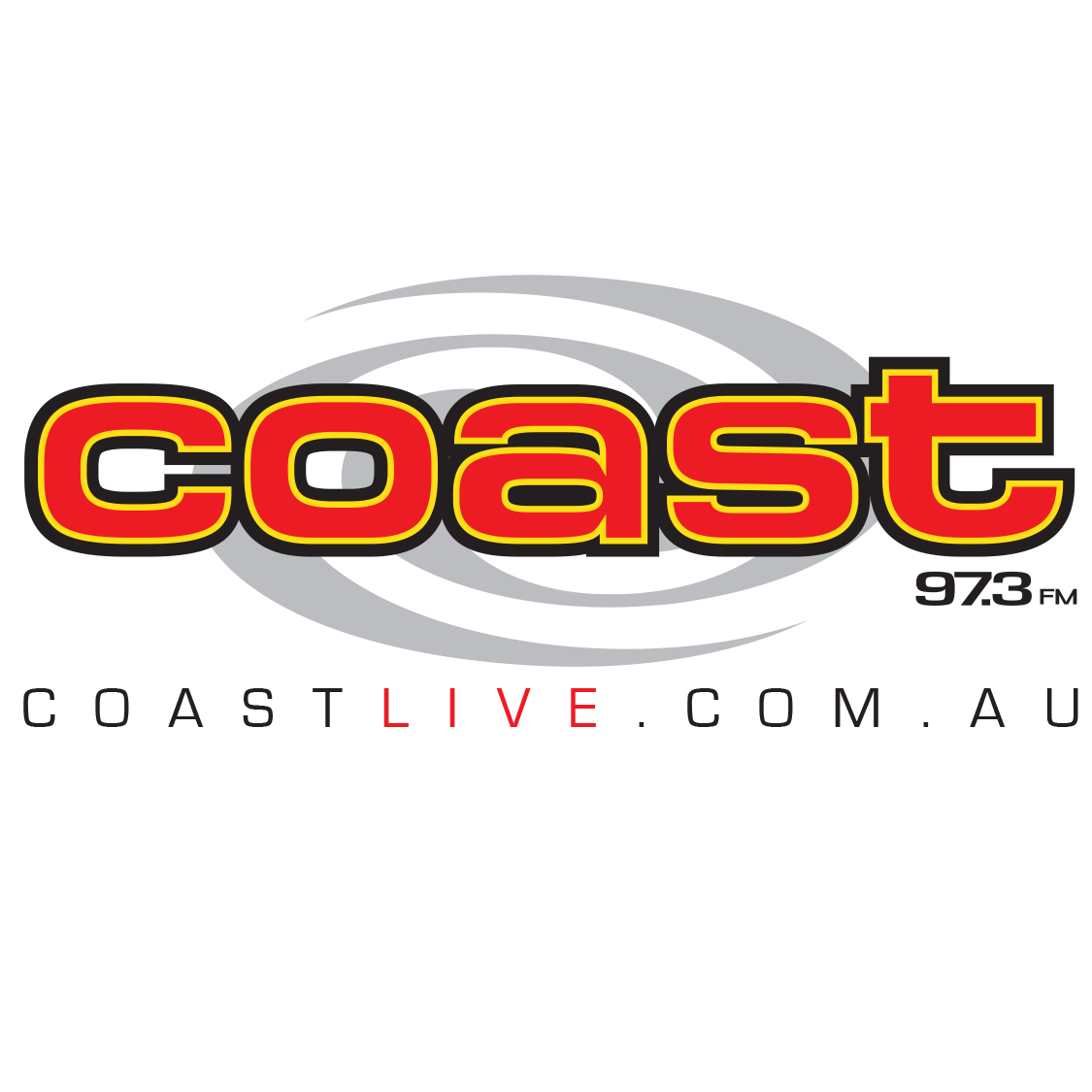The Cliche' “Mention This Ad” is sometimes used to track investment in radio advertising – but it just doesn’t work!
And there's a reason why it is a cliche' – it’s the business owner’s misguided attempt to accurately gauge the effectiveness of their broadcast advertising.
My theories why are 3 fold:
1) It makes people feel like Oliver Twist begging for another bowl of porridge.
2) Listeners worry that they’re going to say “I heard your radio ad,” and some employee is going to say, “What ad?” (I have personally experienced this). Then your listener’s got a real problem: If they say, “The one that says I get 10 percent off,” they risk the employee saying with a snort and a sneer, “Nice try.” Or worse… they shout across the store… “Hey DAVE!! This guy gets 10 percent off if he mentions a radio ad?” (Again – I have experienced this – and I know that it is on special because I WROTE THE AD!)
3) And, in another real world example... For years, a car dealer I worked with, ran ad’s with the incentive of $500 cash back if the customer does one thing: mention the ad. All of his salespeople asked every customer ‘where they heard about the business’, and he even provided surveys with options – radio, TV, newspaper, billboard, Google, referral, etc. BUT the business didn’t run ads on Google and their TV ad hadn’t been seen in years. Yet the customers still checked off those boxes creating a joke among the staff about how messy, and confusing it was, and not reflective of measuring their true advertising ROI (Return On Investment).
Why “Mentioning This Ad” Fails:
As a way of tracking... It is simply not effective. Why?
It all comes down to the number of times somone could/and does see any form of advertising:
- In the 70's it was thought that on average, one person would experience 300-500 ads a day, that includes ads on TV, in the paper, on radio... billboards, etc.
- In the 80's that was increased to around 1,000 ad per day...
- The 90's it jumped up to close to 3,000 a day!
- By the 2000's it was up again to almost 5,000 ads a day.
- Now with traditional AND social media, plus our phones being in most peoples hands more than ever... it has been estimated that around 10,000 ads a day is what most people experience - I'll say that again 10,000 ads a day on average!
When you are seeing on average around 10,000+ advertisements per day and only 150-155 are even noticed, then people simply forget where and if they heard, saw or experienced your commercial.
AND those advertisements are not just from one marketing platform. They take into account passing a billboard on the highway, seeing a banner ad on a website, or hearing a customer testimony on the radio, a passing van with signage, the local newspaper before they threw it out.
And even after being exposed to numerous methods of advertising, consumers will only remember the most recent touchpoint, not the hundred or so times that they heard or saw your ad before they remembered your name when they needed your service or product!
Which is why radio works! It's a nagging, constant reminder to listeners of where to go and why, so when they need your product or service, they will remember your name - not necessarily your offer, but your name - which is why we try to say it at least 3 times in your radio commercial!
ALSO: It's Not a True Call-To-Action
Asking a potential consumer to “mention this ad when you come in” isn’t a true call-to-action. This is because there is no incentive for them to do so. And if there is no promotion, there is absolutely no reason why they should remember it.
When was the last time you told any business owner that you saw their ad without having a clear reason to do it? Never!
Instead, there needs to be a specific call-to-action measured by detailed tracking. For example, businesses looking for prospects to “Call Us Today!” can use a specific phone number for a radio advertisement and a different one for a website or Facebook ad. The same kind of call-to-action can be used for websites by creating specific landing pages or URLs. These can be tracked separately as well offering the advertising information about consumer demographics, behaviours, and locations that can help to better measure advertising ROI.
A better, simpler and more effective method of tracking these efforts is: varying your call-to-action message.
For example, in you radio ad you can direct listeners to “Call John now for details!” while maybe your print or TV ads direct viewers to “Call Lisa now for details!” John and Lisa don’t exist, but when your team members pick up they know where those leads came from and simply reply with “John/Lisa isn’t in right now, but how can I help?”
However, relying on this tracking may not be effective. Instead of going directly to a landing page or calling the specific number in your call-to-action, the potential customer may instead only remember your business’ name and need to search for the business online; therefore making it the new “place” they found out about you.
In this case, the best way to track the success of your advertisements is to look at the bottom line.
A great marketing campaign will see a rise in your sales, profits, walk-ins, or phone calls. Keeping track of these and measuring the results against the date and timing of your marketing campaign may be the best way to determine the ROI of your advertising.
Until next time… Stay Safe.



